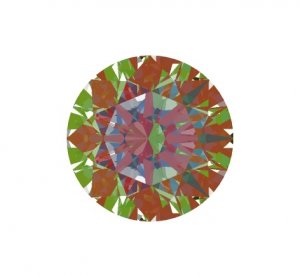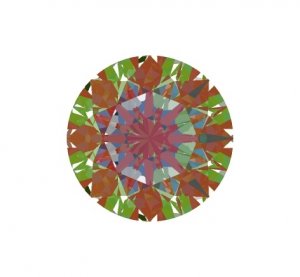- Joined
- Mar 3, 2005
- Messages
- 191
Bryan - I certainly did not mean to imply that diamond sellers shouldn't talk about cut. I'm in the cut business so I'm the last person who would ever say that. I consider cut by far the most important characteristic of any diamond. There is absolutely no reason for anyone who doesn't care about cut quality to ever buy one of my diamonds.
Everyone should find a way to explain cut differences to their customers so purchase decisions can be made eyes wide open. My point was only that talking about cut and selling well cut diamonds are very different things. For example it is easy to tell a consumer that a fancy shape with a cert that reads "Ex, EX" is a fine cut and most will believe it even though it may not be true. It is equally easy to tell a customer that a diamond is well cut because the ASET shows lots of red even though that also may not be true.
Credibility does not lie in the technology you use. It lies within yourself and vendors should not be deemed more or less credible because they choose different ways to explain cut differences. I completely agree that if someone does not discuss cut at all they are extremely unlikely to be selling fine cuts. I just don't think the fact that someone talks about cut necessarily means they are selling fine cuts either though it certainly makes it more likely.
I totally agree the more that we can all agree on at least some common parameters, the easier it will be for consumers to understand and not be misled.
Everyone should find a way to explain cut differences to their customers so purchase decisions can be made eyes wide open. My point was only that talking about cut and selling well cut diamonds are very different things. For example it is easy to tell a consumer that a fancy shape with a cert that reads "Ex, EX" is a fine cut and most will believe it even though it may not be true. It is equally easy to tell a customer that a diamond is well cut because the ASET shows lots of red even though that also may not be true.
Credibility does not lie in the technology you use. It lies within yourself and vendors should not be deemed more or less credible because they choose different ways to explain cut differences. I completely agree that if someone does not discuss cut at all they are extremely unlikely to be selling fine cuts. I just don't think the fact that someone talks about cut necessarily means they are selling fine cuts either though it certainly makes it more likely.
I totally agree the more that we can all agree on at least some common parameters, the easier it will be for consumers to understand and not be misled.














300x240.png)